The Future of Drafting: Innovations and Trends in 3D Model Development
The world of drafting has experienced a significant transformation over the years, evolving from traditional 2D drawings to sophisticated 3D models. As technology continues to advance at an exponential pace, the future of drafting is ripe with exciting innovations and Trends in 3D Model Development. In this article, we will explore the latest advancements shaping the future of drafting, from enhanced modeling techniques to cutting-edge technologies and emerging trends. Join us as we delve into the future of drafting and the exciting possibilities that lie ahead.
Innovations and Trends in 3D Model Development
- Enhanced Modeling Techniques: Trends in 3D Model Development, drafting professionals will have access to advanced modeling techniques that streamline the creation of 3D models. These techniques may include parametric modeling, where changes to one element automatically update the entire model, reducing time and effort in making revisions. Additionally, generative design algorithms will enable the creation of complex structures based on user-defined parameters, optimizing designs for strength, weight, and material usage.
- Integration of Artificial Intelligence (AI): Trends in 3D Model Development Artificial Intelligence (AI) is set to revolutionize the drafting process. AI-powered algorithms can analyze vast amounts of data, extract valuable insights, and automate repetitive tasks. Machine learning algorithms can assist in pattern recognition, error detection and even generate design recommendations based on historical data. This integration of AI will significantly enhance the efficiency and accuracy of drafting processes.
- Virtual and Augmented Reality (VR/AR) Integration: The future of drafting will see increased integration of Virtual Reality (VR) and Augmented Reality (AR) technologies. These immersive technologies allow drafters and stakeholders to visualize designs in a virtual environment, improving design reviews and enabling real-time collaboration. With VR/AR, it becomes possible to walk through a building or interact with a product before it is even built, enhancing communication and reducing errors.
- Cloud-Based Collaboration and Project Management: Trends in 3D Model Development, Cloud-based collaboration platforms will become the norm in the future of drafting. These platforms allow multiple stakeholders to access and collaborate on 3D models simultaneously, regardless of their location. Real-time collaboration, version control, and secure data sharing will streamline project management and enhance team productivity.
- Sustainability and Energy Efficiency: With an increasing focus on sustainability, drafting will incorporate energy-efficient design principles into 3D models. Tools and simulations will help optimize building layouts, material selection, and energy usage to minimize environmental impact. The integration of sustainability analysis in the early stages of drafting will become standard practice, resulting in more environmentally friendly and energy-efficient designs.
- Advanced Visualization and Rendering: The future of drafting will witness advancements in visualization and rendering technologies. Realistic and immersive renderings will allow stakeholders to experience designs in photorealistic detail, making it easier to communicate design intent and gather feedback. High-fidelity visualizations will aid in marketing, client presentations, and decision-making processes.
- Internet of Things (IoT) Integration: Trends in 3D Model Development, The Internet of Things (IoT) will have a significant impact on drafting in the future. IoT sensors embedded in buildings and products will provide real-time data on performance, maintenance requirements, and user behavior. Drafting will incorporate these IoT data points into 3D models, enabling more accurate simulations, predictive analysis, and better-informed design decisions.
- Digital Fabrication and 3D Printing: The rise of digital fabrication and 3D printing technologies will revolutionize the way prototypes and components are created. Drafting will increasingly focus on designing for additive manufacturing, leveraging the capabilities of 3D printers to produce complex geometries and customized parts with high precision. This shift towards digital fabrication will reduce material waste, enable rapid prototyping, and foster innovation in design.
- Continued Training and Education: As new technologies and trends emerge, ongoing training and education are crucial to staying updated and proficient in the latest drafting tools and techniques. Seek out courses, workshops, and certifications that focus on the advancements in 3D modeling and drafting, ensuring that your skills remain relevant in the ever-changing industry.
- Collaboration and Interdisciplinary Approaches: Trends in 3D Model Development will increasingly involve collaboration with professionals from diverse disciplines. Embrace interdisciplinary approaches by collaborating with architects, engineers, manufacturers, and other stakeholders. This collaborative mindset fosters innovation, problem-solving, and holistic design solutions.
- Emphasis on User Experience: As technology becomes more immersive, designers and drafters Trends in 3D Model Development should prioritize user experience. Consider how end-users will interact with the final product or space and ensure that the 3D models incorporate elements that enhance functionality, accessibility, and usability.
- Data-Driven Design Decisions: The integration of IoT sensors and data analytics provides valuable insights into the performance of designs. Embrace data-driven design decisions by analyzing real-time data and feedback from completed projects. This approach enables continuous improvement and optimization of future designs.
- Embracing Sustainable Design Principles: Trends in 3D Model Development, Sustainability is becoming increasingly important in the design and construction industry. Incorporate sustainable design principles into your 3D models, such as energy-efficient features, renewable materials, and waste reduction strategies. Consider the life cycle of the project and its environmental impact.
- Virtual Prototyping and Testing: With advancements in simulation software, virtual prototyping, and testing will become more prevalent. Use simulation tools to analyze structural integrity, thermal performance, fluid dynamics, and other critical aspects of designs. Virtual testing minimizes the need for physical prototypes, reducing costs and time.
- Customization and Personalization: The future of drafting will offer opportunities for customization and personalization. Leverage parametric modeling and advanced design tools to create tailored solutions that meet specific client requirements. This customization fosters client satisfaction and strengthens relationships.
- Integration of Sustainability Analysis Tools: Trends in 3D Model Development, Sustainability analysis tools, such as energy modeling and life cycle assessment software, will play a significant role in the future of drafting. Integrate these tools into your workflow to evaluate and optimize designs for energy efficiency, environmental impact, and occupant comfort.
- Continuous Innovation and Adaptation: The field of drafting will continue to evolve rapidly. Embrace a mindset of continuous innovation and adaptation to stay ahead of the curve. Keep an eye on emerging technologies, attend industry conferences, and engage with professional networks to remain informed and inspired.
Trends in 3D Model Development hold immense potential to revolutionize design processes, enhance collaboration, and create sustainable, user-centric solutions. By embracing these trends, staying current with technological advancements, and nurturing a mindset of continuous improvement, drafters can thrive in this dynamic and exciting industry.
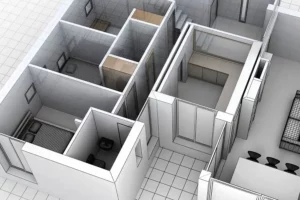
The Future of Drafting
Trends in 3D Model Development is an exciting realm of innovations, technologies, and trends that will reshape the way we create, visualize, and communicate designs. Enhanced modeling techniques, integration of AI and VR/AR, cloud-based collaboration, sustainability considerations, advanced visualization, IoT integration, and digital fabrication are just some of the trends that will propel drafting into a new era. As drafters and professionals in the field, it is essential to stay abreast of these developments and embrace the opportunities they bring to shape the future of drafting. The possibilities are limitless, and the future holds great promise for a more efficient, sustainable, and creative drafting process.

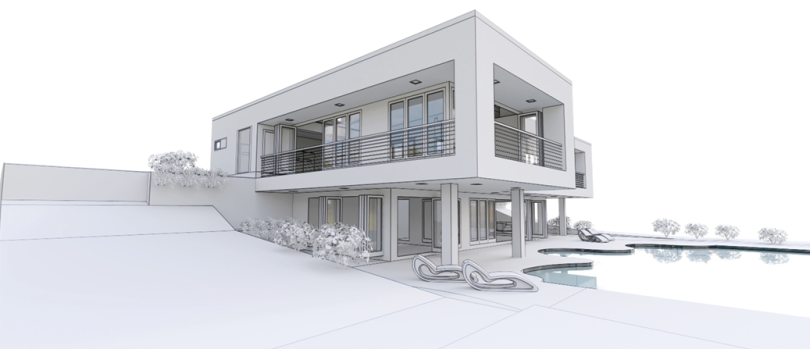
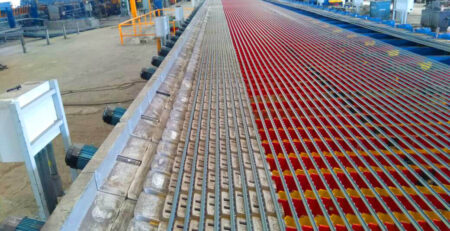

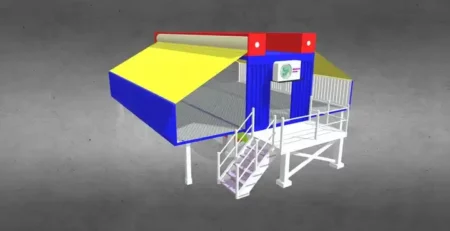

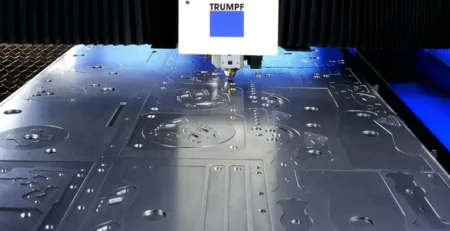

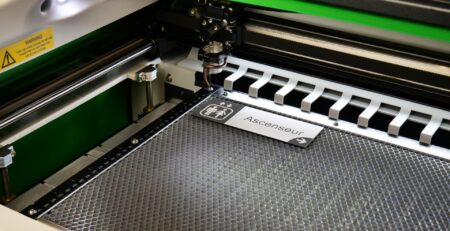
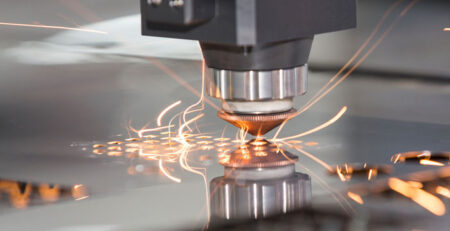
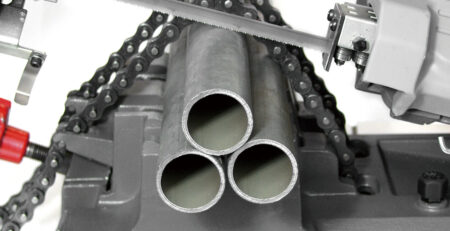
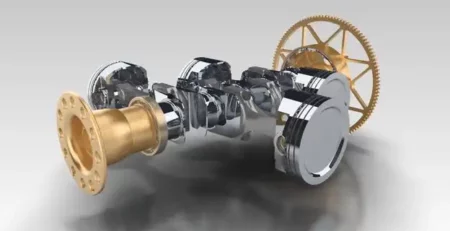
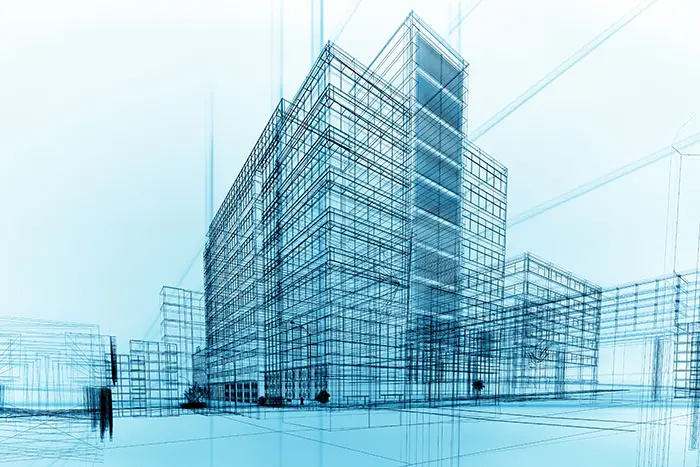
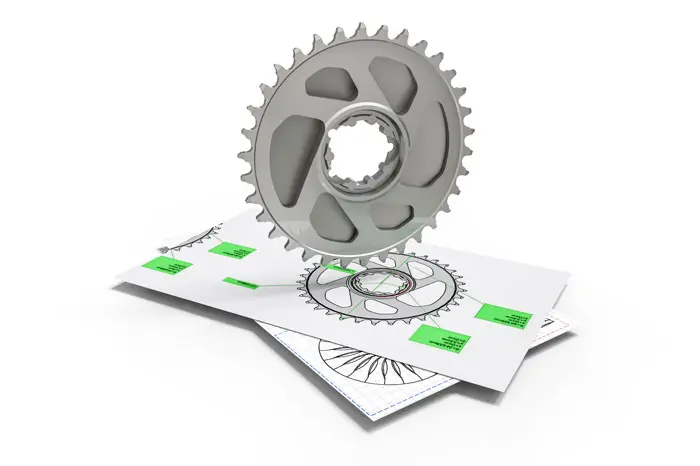
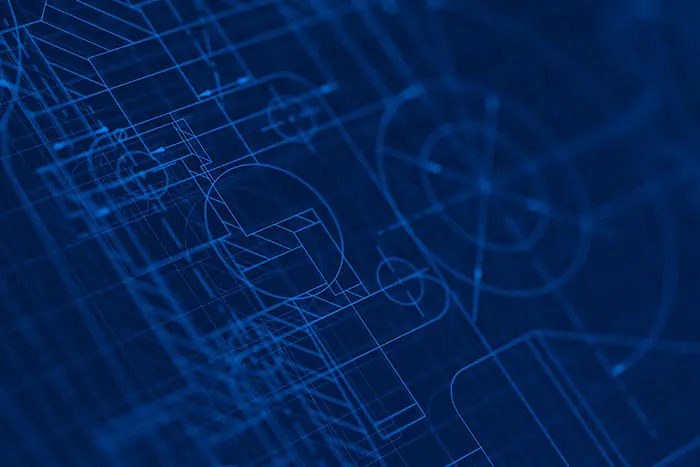
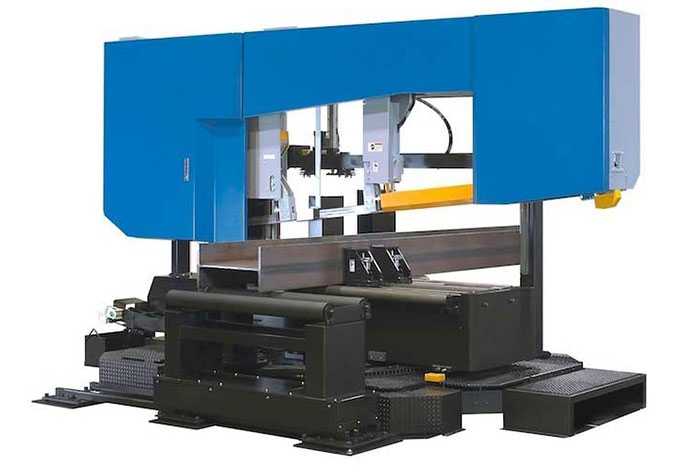
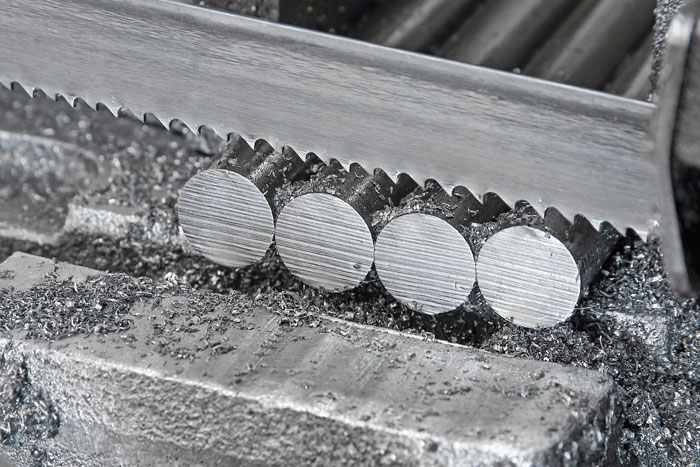
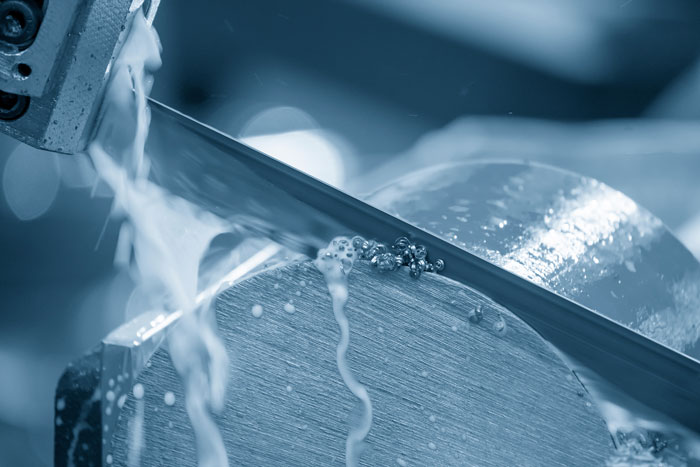
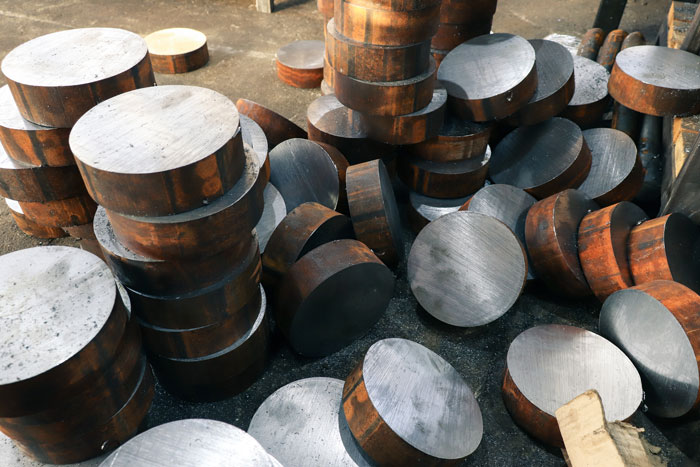
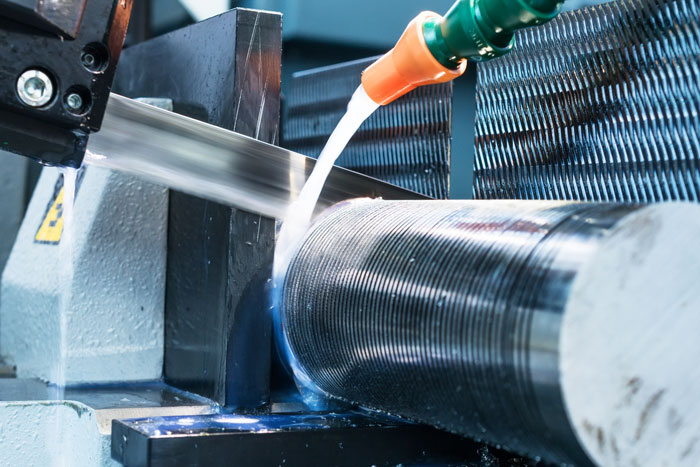
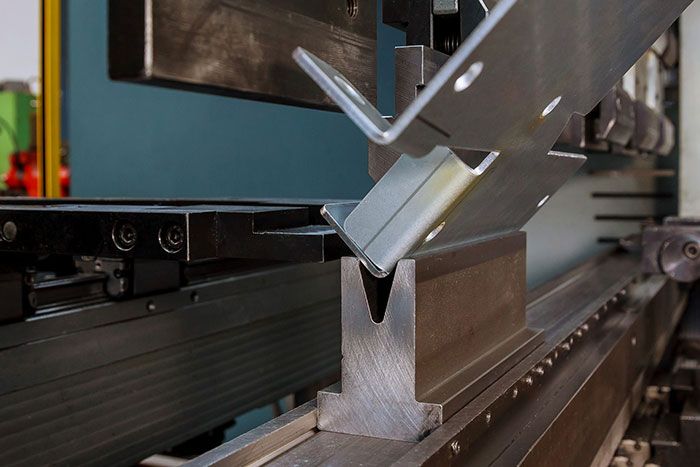
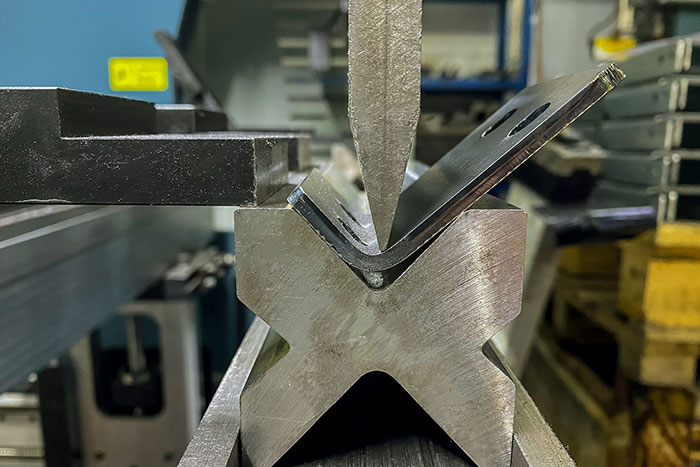
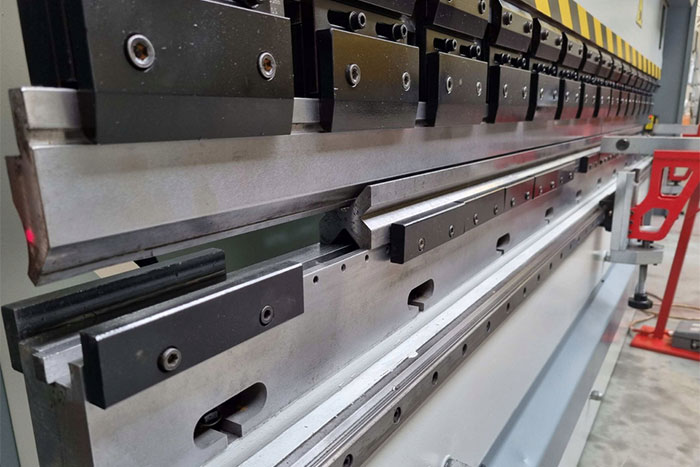
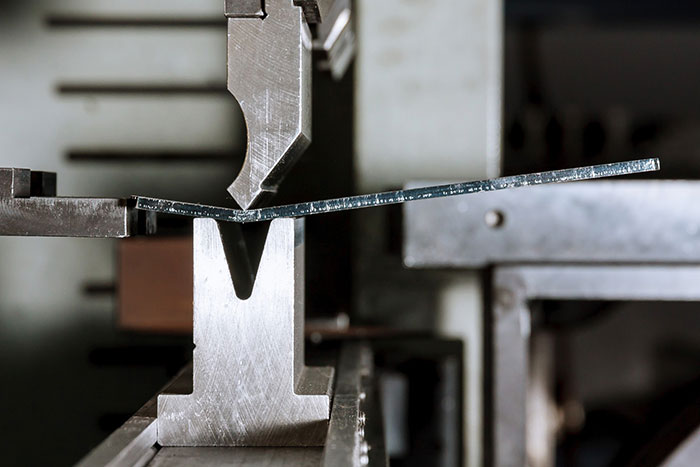
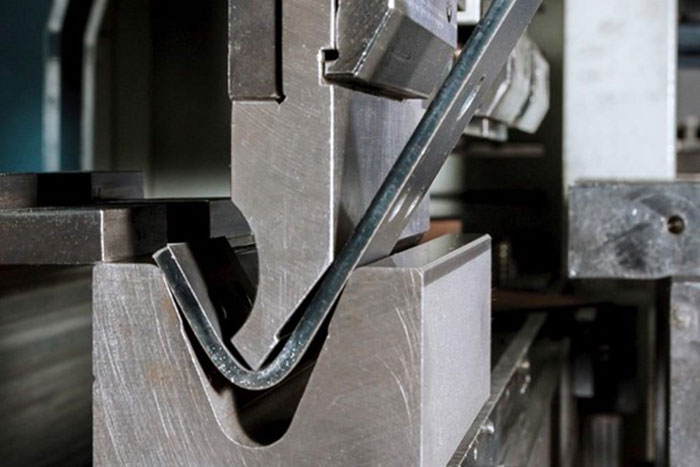
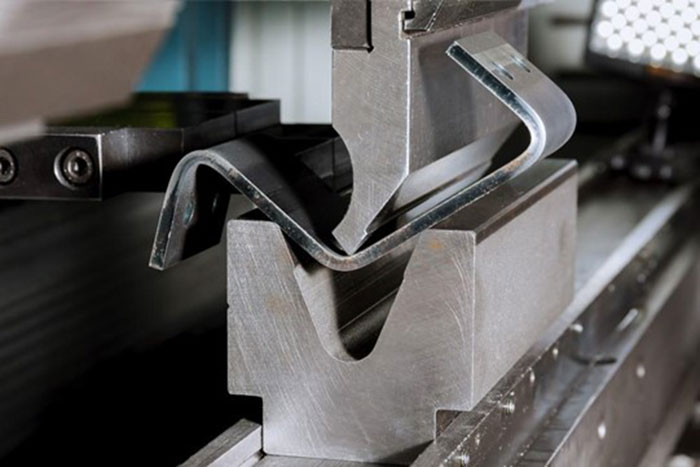
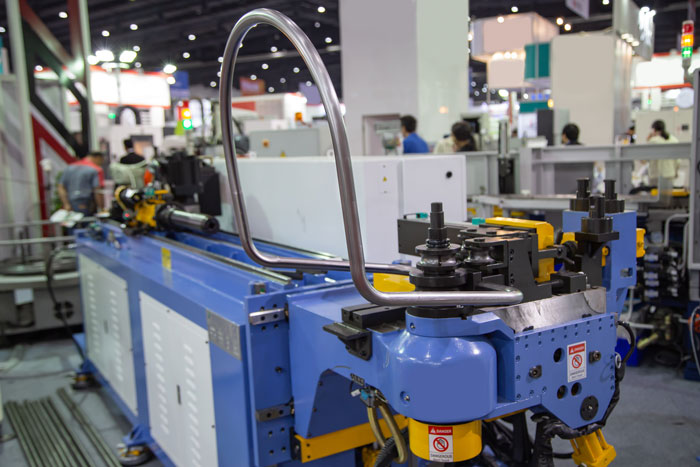
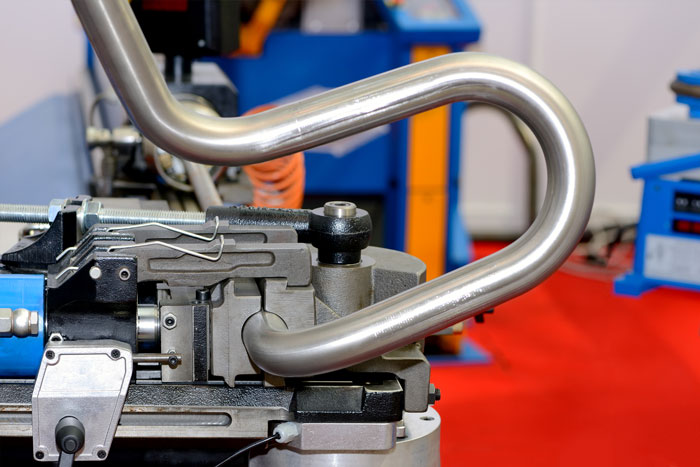
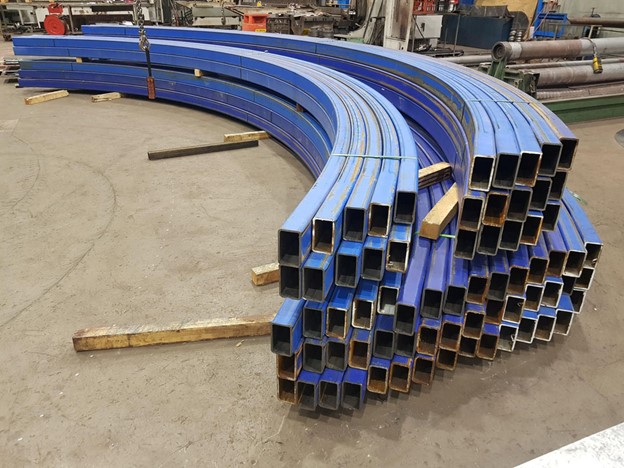
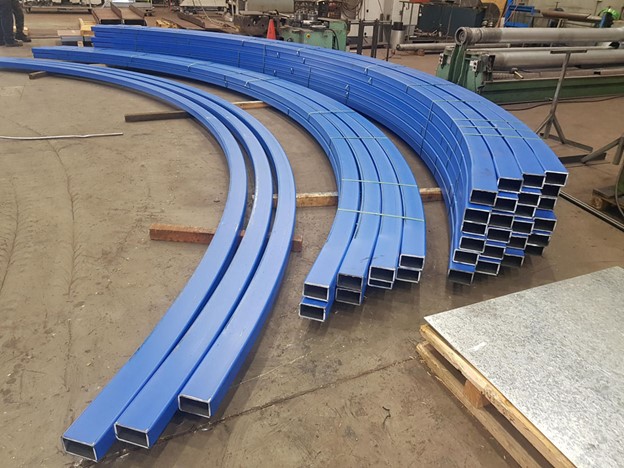
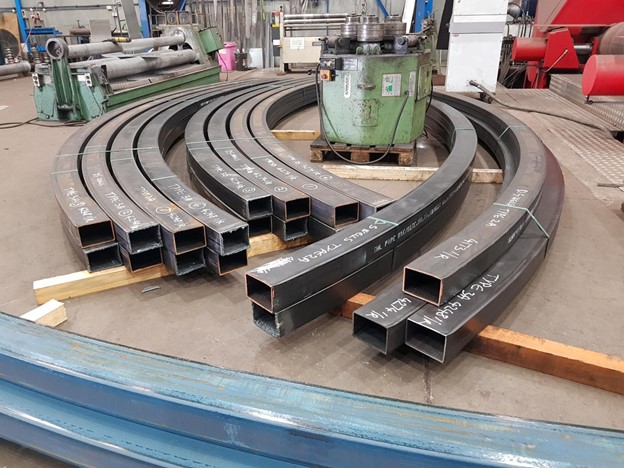
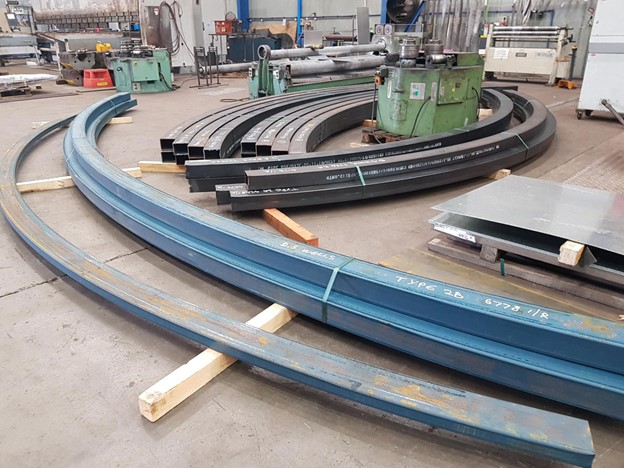
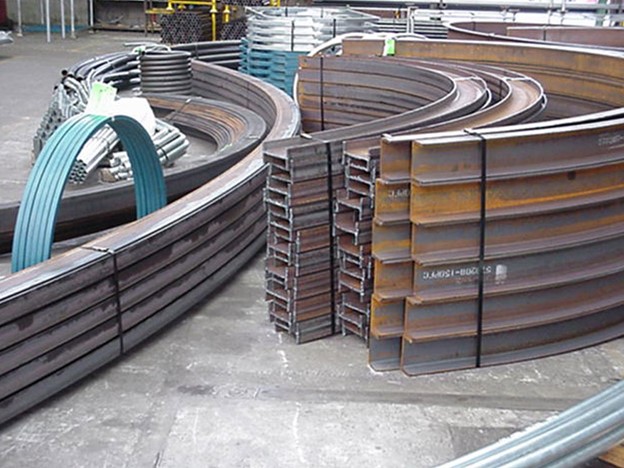
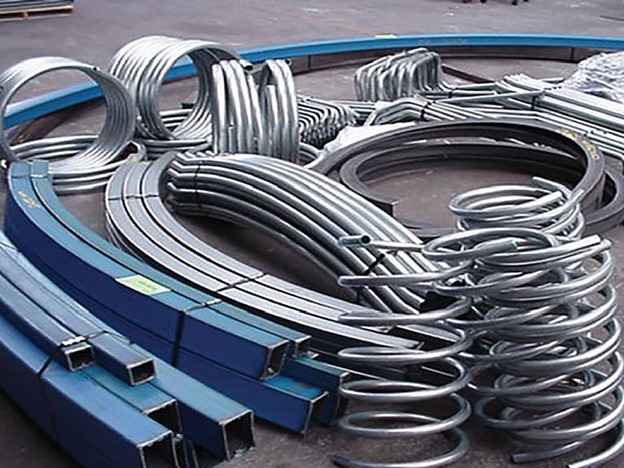
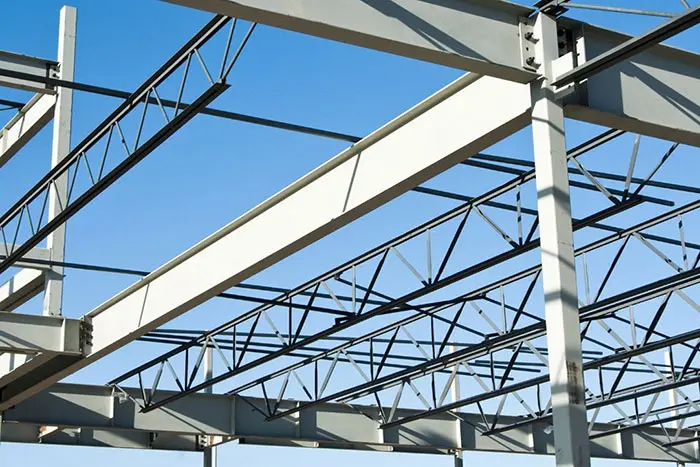
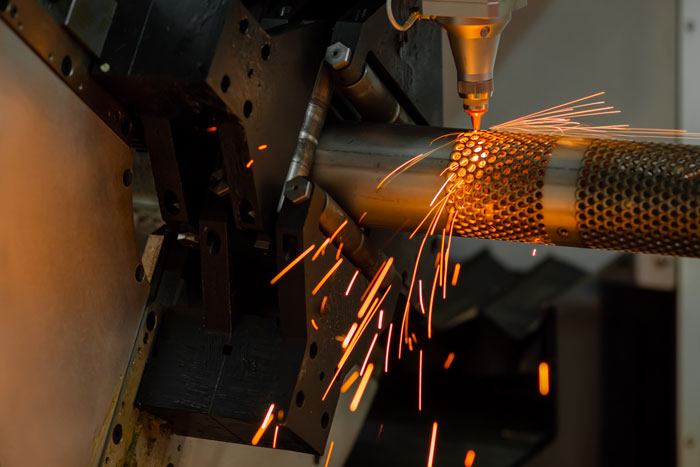
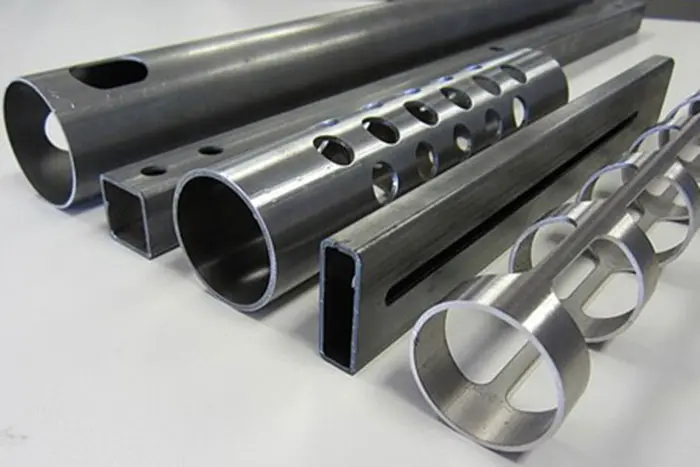
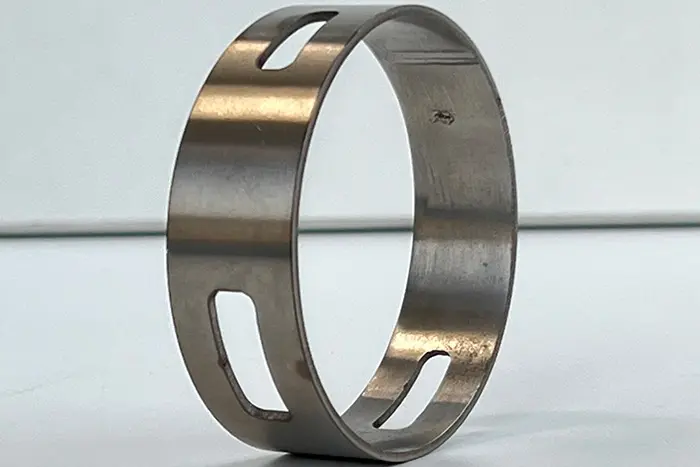
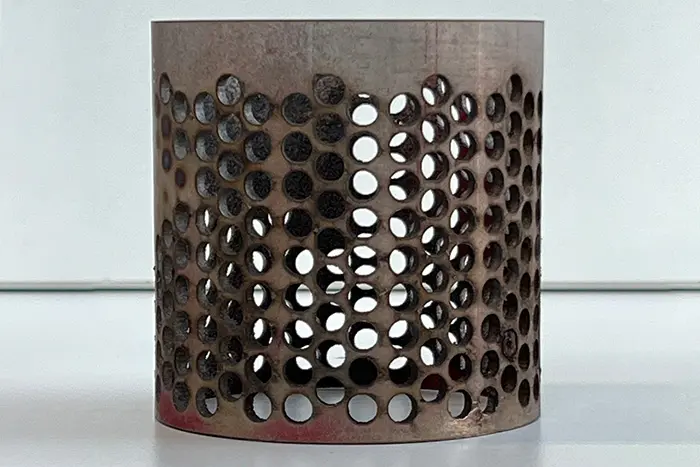
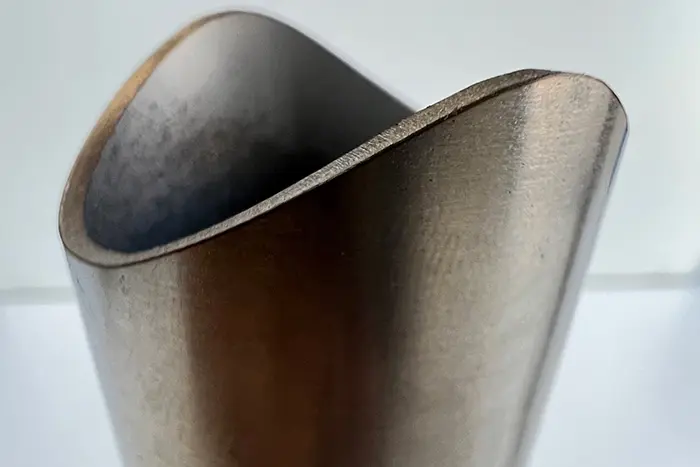
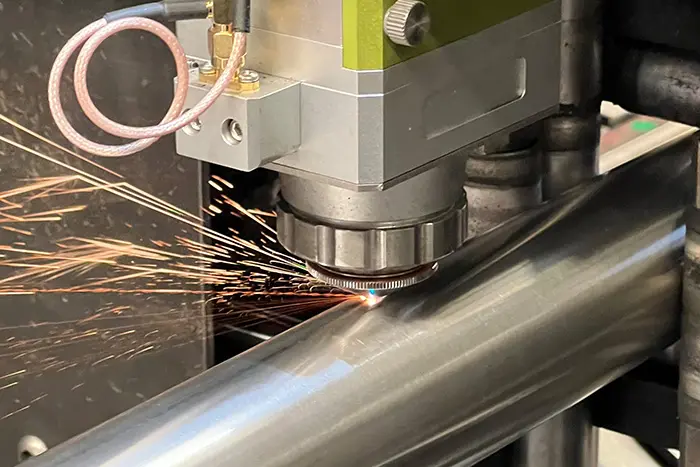
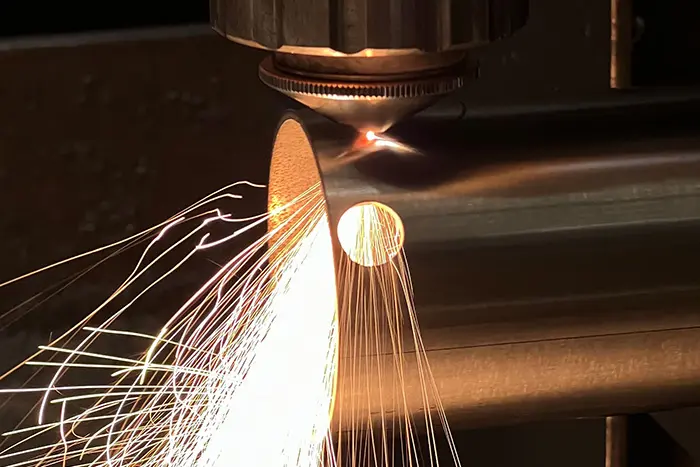
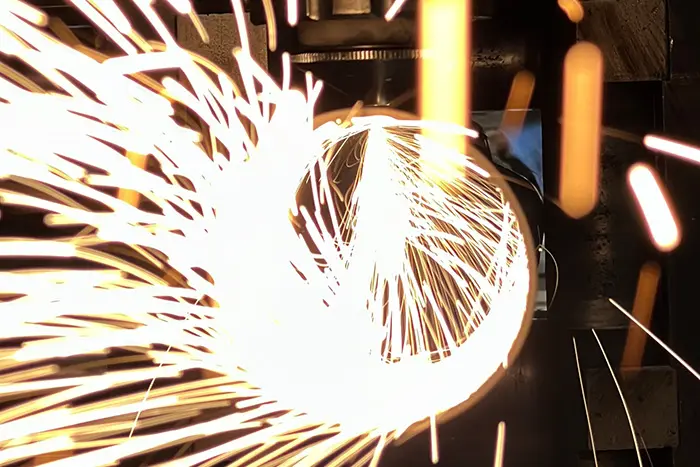
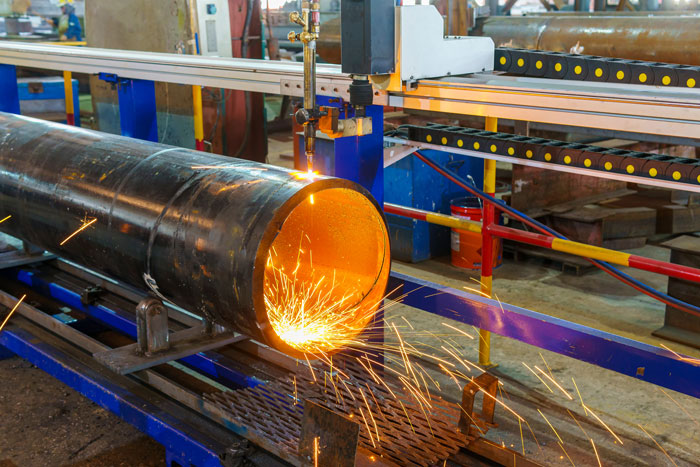
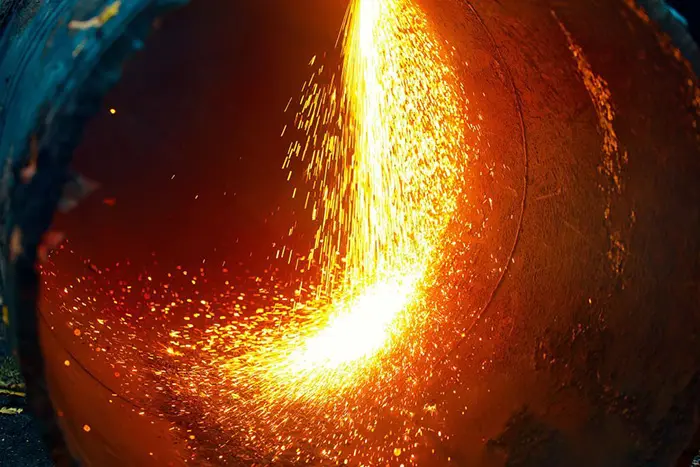
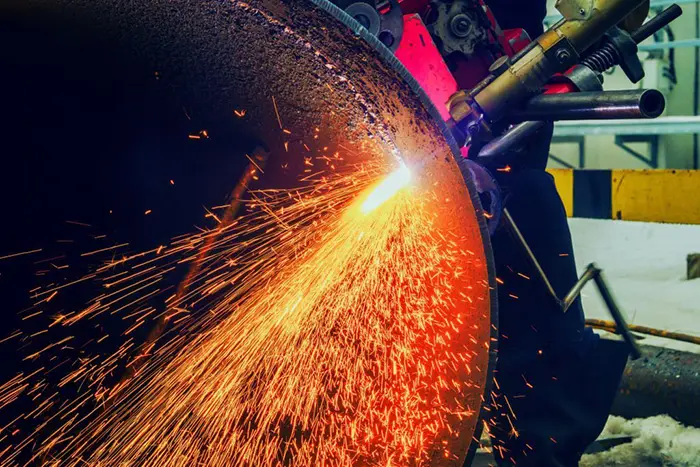
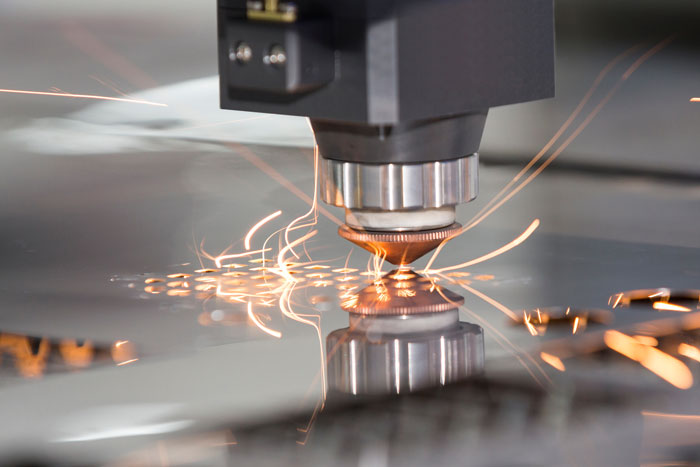
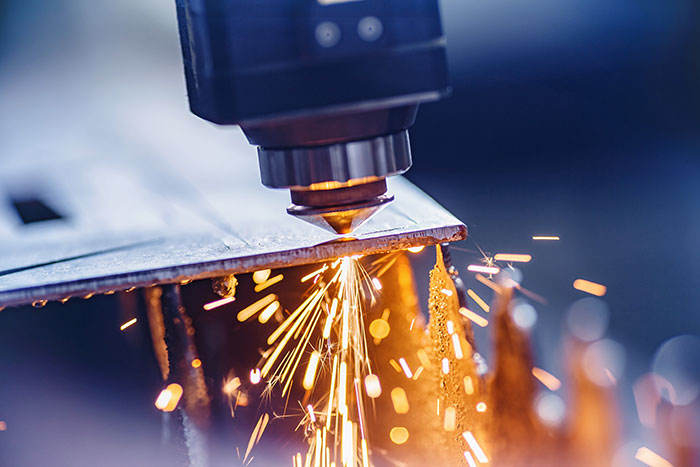
Leave a Reply